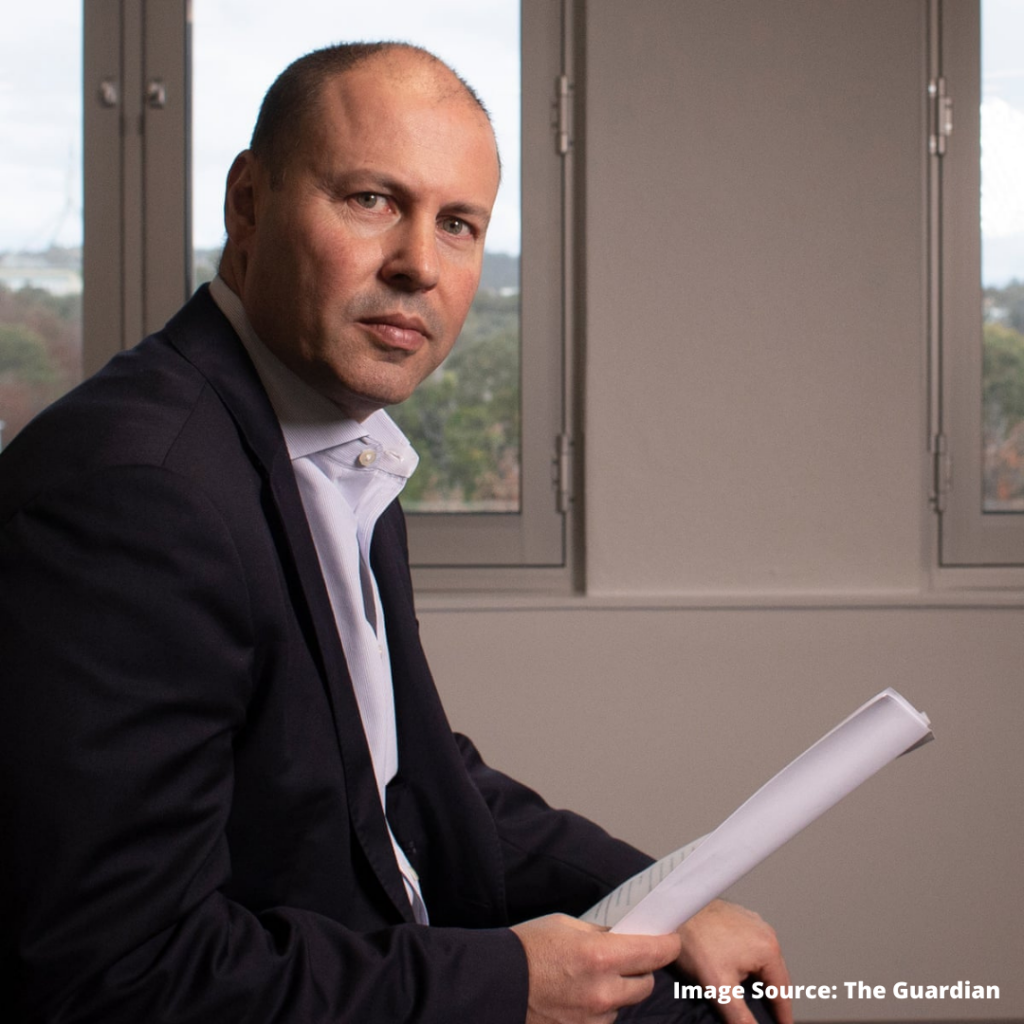On Friday the 7th of May, Josh Frydenberg, Treasurer of Australia Deputy Leader of the Liberal Party, said to AFR Weekend “We have to consolidate the gains, we have to secure the recovery. We’re seeking to set Australia up to come out of the pandemic stronger.”
Amid the COVID-19 pandemic, many government programs served as support to the citizens and the economy, such as JobKeeper, JobSeeker, COVID SME grant scheme and HomeBuilder. As Australia recovers from its first recession in 20 years, there are expectations of similar fiscal policies and big government spending to boost the economy.
The Australian government will be looking to create several policies that help them in the upcoming 2022 elections, so the focus seems to be on boosting job creation, gender equality, climate change efforts, infrastructure, age care, and altering tax policies.
Here is what is known and what to expect from the Australian 2021-22 budget.
Business
There is an expectation of an increase in the use of digital services and platforms across Australian government and private businesses.
- $1.2 billion digital economy strategy including tax breaks for businesses digital cadetships trial.
- $500 million on government digital services.
- Northern Australia to receive exclusive business grants and improvements to digital services.
Additionally, $4 million will be given to the Australian Communications and Media Authority to run the news media bargaining code involving the major technology platforms – Facebook and Google.
Gender Equality
The budget is expected to contain measures to improve equal pay with female-friendly policies such as grant programs for female entrepreneurs and policies for reforming superannuation tax concessions and making superannuation payments on paid parental leave.
Employment & Tax
The objective of the Morrison government is to reduce unemployment below five per cent, a goal they share with the Reserve Bank of Australia. Frydenberg asserts not to increase the tax-to-GDP ratio above 23.9 per cent.
The budget is expected to make few alterations to the current tax system.
- A tax refund of up to $1080 for low to middle-income earners.
- Both the current 32.5 per cent and 37 per cent marginal tax rates are expected to be lowered to 30 per cent, flattening the tax structure between $45,000 and $200,000.
- Support small businesses by receiving tax concessions while bigger companies/high-income earners are up for a tax rise.
Health care
Overall, the healthcare industry is predicted to receive record funding including additional spending for age care and mental health services. The funding is predicted to improve skills in the aged care and mental health workforce.
- Disability royal commission and royal commission into violence, abuse & neglect are also going to be looked at in this year’s budget.
- The National Disability Insurance Scheme is expected to receive an extra $13 billion over the next four years.
Infrastructure
- For energy, the budget will provide more clarity and confirmation about funding for gas infrastructure projects. The current expectation is $58.6 million to the ‘gas-fired recovery’ measure for the gas-fired power plant in the Hunter Valley.
- The budget is expected to promote homeownership. The government will add another 10,000 places to its first home loan deposit scheme and increase the maximum amount of voluntary contributions from $30,000 to $50,000.
Others
- From what is known so far, to promote climate recovery there is going to be a $565 million plan for low emissions technology partnerships.
- Lastly, a $371 million biosecurity package to protect agricultural and regional communities.
- $600 million for a National Recovery and Resilience Agency to support local communities hit by major disasters.
These are some of the knowns and expectations from the 2021-2022 federal budget. Australians will be watching Treasurer, Josh Frydenberg deliver the budget at 7.30 pm (AEST). Follow the budget website for further details.
What are your expectations from the budget? Let us know in the comments below.
